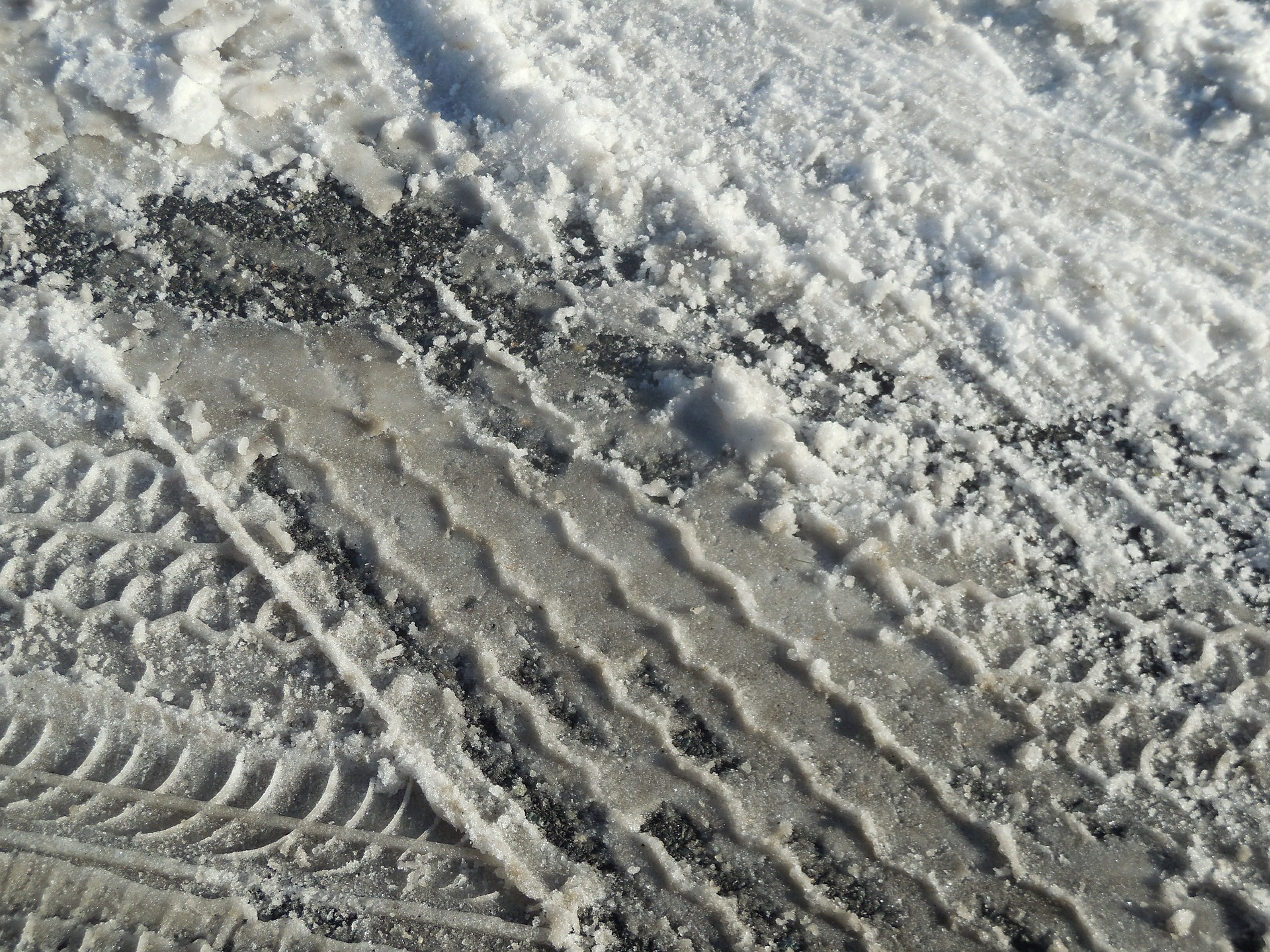Preparing Your Car for Winter Weather

 As cooler weather starts to set in, it’s time to look ahead to those much colder months and how your vehicle is going to handle them. Winter weather can present all sorts of challenges for your vehicle. While newer cars are specifically designed to handle wintry weather conditions, there are still some steps that you should be taking to ensure that your car stays in top working order for your overall safety. Here are some tips to get you and your vehicle prepared:
As cooler weather starts to set in, it’s time to look ahead to those much colder months and how your vehicle is going to handle them. Winter weather can present all sorts of challenges for your vehicle. While newer cars are specifically designed to handle wintry weather conditions, there are still some steps that you should be taking to ensure that your car stays in top working order for your overall safety. Here are some tips to get you and your vehicle prepared:
Tires
One of the most important things that you should do to prepare your vehicle for the winter months ahead is check your tires. When it comes to wet, slick, wintry weather, low tire pressure and worn, bald tires can be incredibly hazardous. When your tires lack pressure or tread, it reduces traction. So, in conducting your winter preparations, check your owner’s manual for the recommended PSI and fill (or replace if needed) accordingly using a tire gauge.
You may also want to consider, at this time, investing in snow tires if you plan or expect to be driving in a lot of snowfall this winter. Snow tires increase traction and improve your safety while driving in treacherous conditions.
Fluids
After you check your tires, the very next thing that you should do to winterize your car is check all fluid levels. Though fluids are often checked when you take your car in for its regular maintenance, you can also do it yourself. Here’s what you should check:
- Coolant – Coolant must have the correct antifreeze/water mixture in order to prevent fluid from freezing in your radiator. This is very important! If you’re doing it yourself, check your vehicle owner’s manual for information on the proper mixture. Then, pick up a tester at your local auto store, and make sure that the fluid fills all the way to the maximum line.
- Wiper Fluid – Wiper fluid is one of those things that is often overlooked during winterizing prep, but it is absolutely essential. You must have freeze-resistant wiper fluid in order to keep your windshield clean and your vision clear.
- Oil – If you expect temperatures to drop below freezing, you might want to look into switching to a thinner oil. Consult your owner’s manual, or talk to your local mechanic for best recommendations.
Battery
We all know that car engines sometimes don’t like to start in the winter, but you should also know that this can happen with your car battery. Cold weather reduces battery capacity. So, before that mercury drops, you should thoroughly inspect your batter, terminals, cables and fluid to make sure your car is ready for the cold. You may also want to check your battery’s manufacture date to see if it may be getting close to time for replacement.
As you (or your trusted mechanic) conduct the inspection, be sure to look over the battery cables for any cracks and breaks. You’ll also want to make sure that the terminals are nice and snug with no loose connections. To check your battery fluid, uncover the refill hole (or holes). If the level is below the bottom of the cap, refill it with distilled water. Then, to read the level of your battery charge, turn the engine off, and read the built-in hydrometer eye (if your car has one). It will tell you the amount of voltage left in your battery. If you don’t have one, you can always use a handheld hydrometer.
Door Locks
Most people don’t know this, but your door locks can actually freeze in cold weather. Sometimes, they can even break your key if you try to force them open, so don’t let frozen locks happen to you! If your locks do freeze, de-ice them by either pouring warm water or glycerine over them.
Emergency Kit
Vehicle winterization prep should always include outfitting your car with an emergency safety kit (though keeping one in your car year-round is a great idea). You should always have the following on-hand:
- Road flares
- Jack
- Lug wrench
- Flashlight
- Blanket
- Leather gloves
- Hat
- Bag of kitty litter or sand (to help your tires gain traction if you get stuck in slush, snow or ice)
- Ice scraper and/or brush
- Small shovel
- Leak-proof container of coolant
- Snacks (just in case you have to wait for help)
When it comes down to it, winterizing your car, now, just might save your life tomorrow. So, don’t put it off, and remember that no matter what season you’re preparing for, your car needs year-round, regular maintenance to keep it on the road running and you and your loved ones safe.
